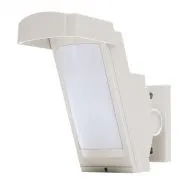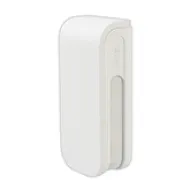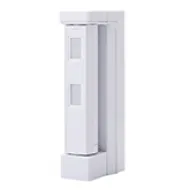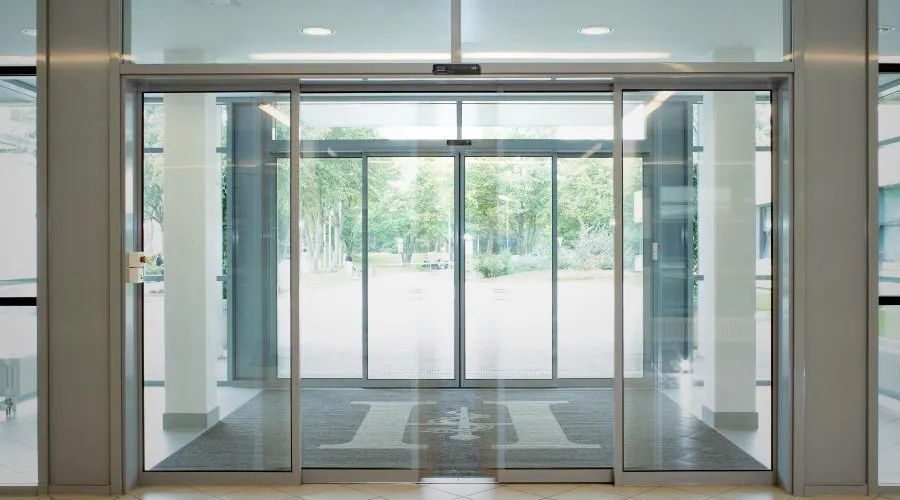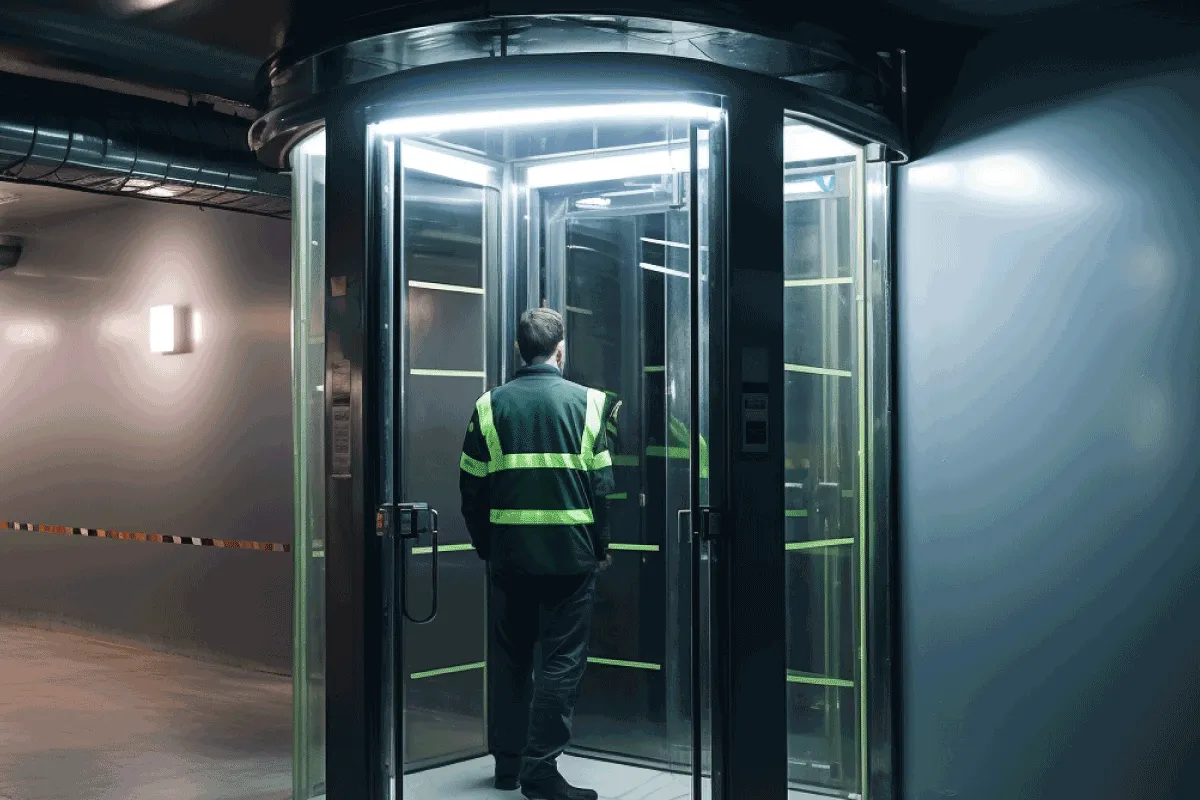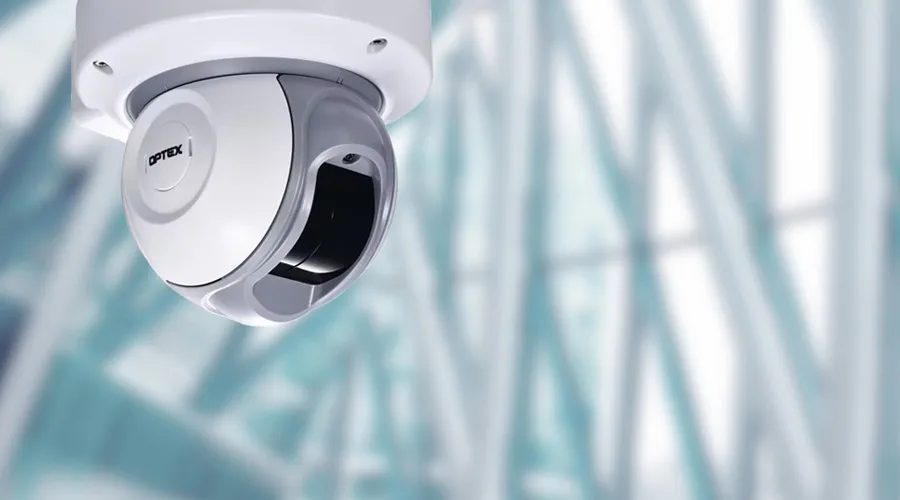Related Solutions
Related Product Series

The goal of a successful security detection system is to protect people and ensure the safety of property to promote a safer, more comfortable world. To do this effectively, it’s beneficial to utilize a system that can quickly alert suspicious activities around the protected premises. This allows you the opportunity to verify the situation and react or deter the intruder prior to an intrusion attempt.
There are various technologies that can provide curtain detection to protect the building and prevent unauthorized access. Systems are available that effectively safeguard the building and alert if someone is standing nearby or attempting unauthorized access at any vulnerable entry point. To determine the best-suited system for you, it’s essential to understand the strengths and weaknesses of each system.
Protecting Entrances
The most common entry points for intruders include doors, windows, and fire exits. For residential properties, targets extend to include patio doors, garages and sheds, and first-story windows. Commercial properties face the greatest risks at back entrances, fire exits, and rooftops.
To best protect these vulnerable points, a curtain detector is the most effective. These detection systems utilize a narrow beam to create a shield around the building. If someone is too close to a wall, door, or window, the system can alert by activating lights, audio, or CCTV cameras, or triggering a notification to a security guard. These alerts help to deter the intruder.
Dual-side curtain detectors such as the OPTEX BX Shield Series have a detection range of up to 80ft, allowing for the entire side of a building to be protected with just one sensor. This sensor has independent outputs on the left and right sides, meaning that each side can be customized to fit the dimensions and needs of different sides of the building.
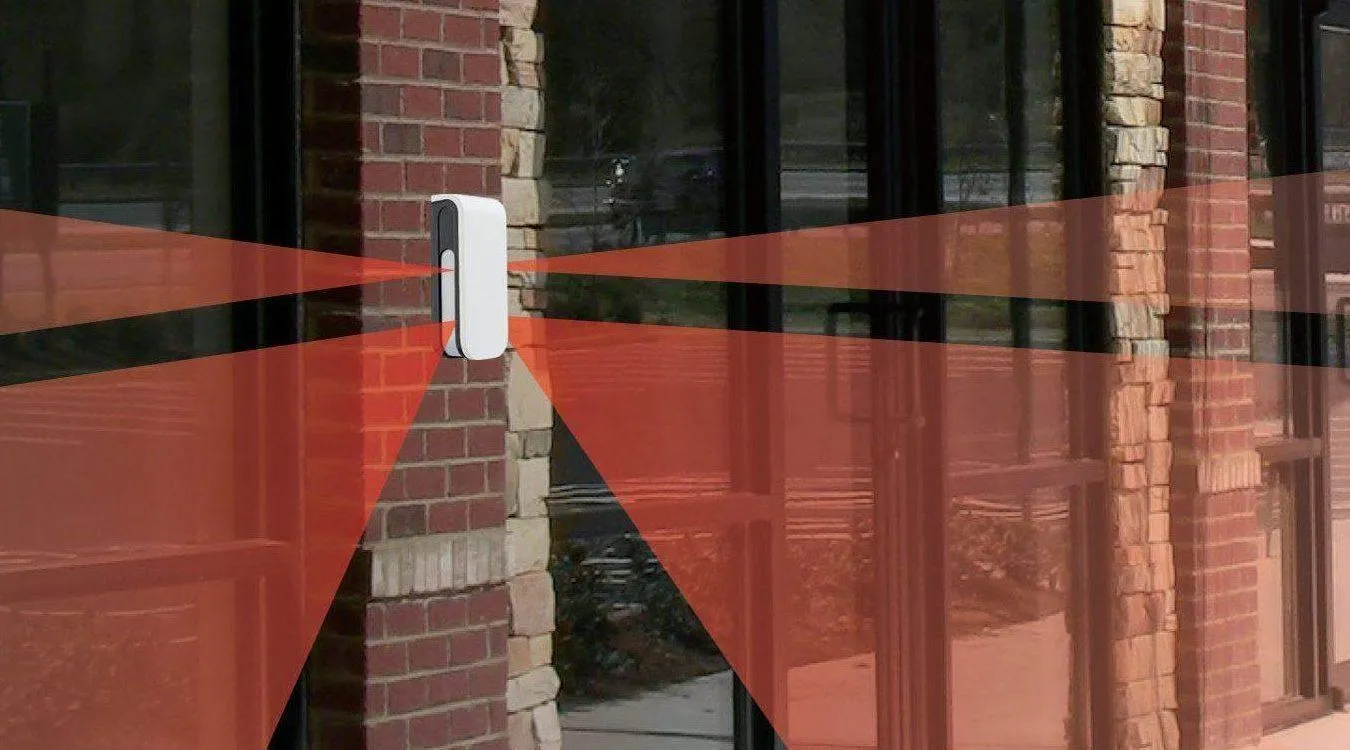
For smaller spaces, such as windows or doors, a one-sided curtain detector would provide the best coverage. The FTN series provide short-range curtain detection range up to 16.5ft x 3.3ft and is equipped with pet tolerant AND technology that analyzes waveforms of the objects to ignore false triggers like swaying vegetation or sun reflections. The FTN series can also fit into window frames to protect the windows above the first story.
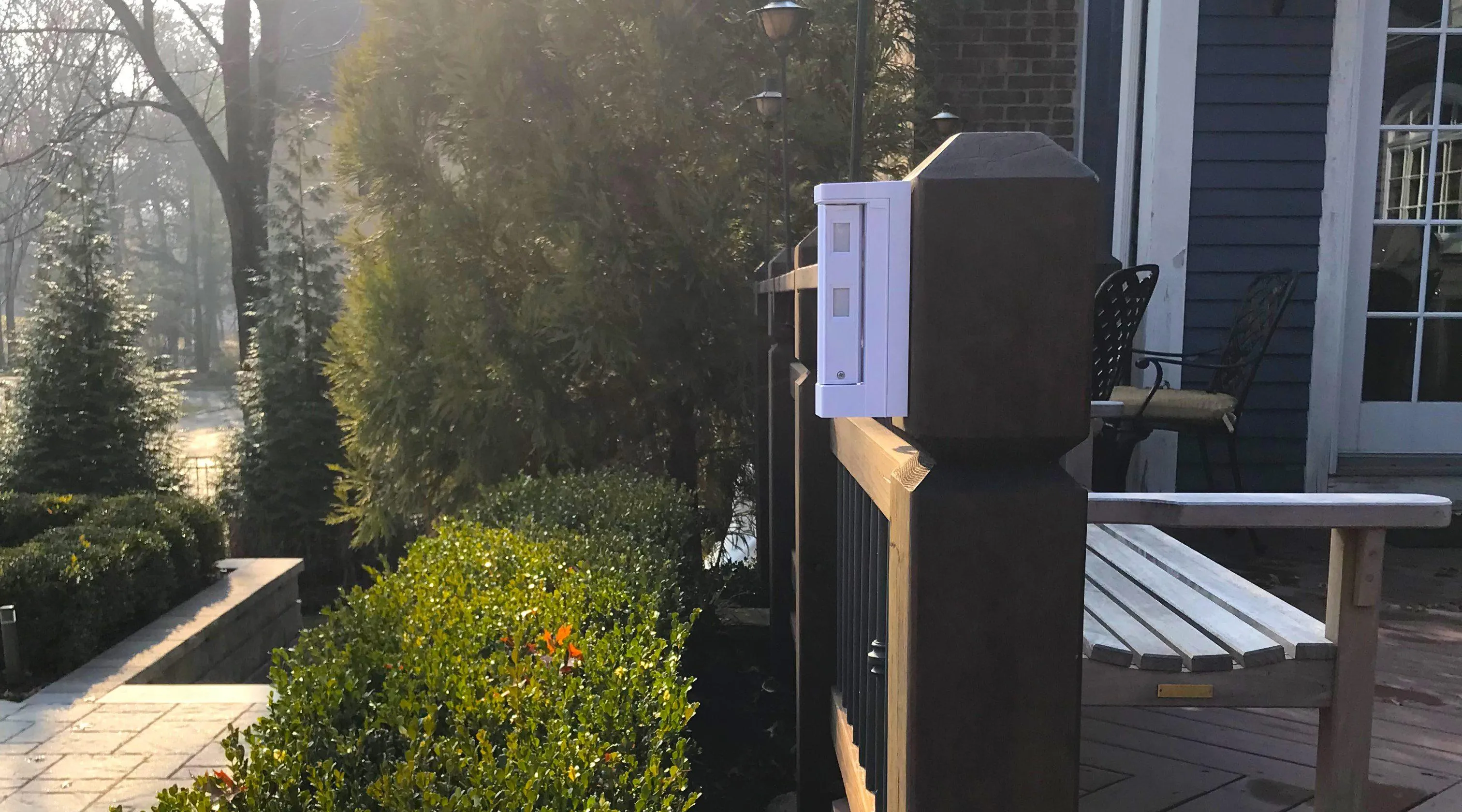
For narrow spaces like alleys or fire exits, a high-mount PIR is a perfect solution, such as the HX-40 Series. The HX-40 can cover spaces up to 40ft and offers a wireless model allowing for easy, practical installation where wiring may not be possible.

Protecting Roofs and Balconies
Infrared beams detect people climbing onto roofs or over balconies by deploying a virtual perimeter along the tops of railings or around the rooftop. These IR beams can be wired, mounted, or wireless, and use point-to-point detection that will trigger an alarm if the transmission between beams is broken.
Our REDSCAN Pro LiDAR Series also provide flat roof and ceiling protection with just one sensor. By deploying a virtual plane over the desired area up to 330ft, the system will alert if the plane is breached by someone on the roof or trying to enter through a point in the ceiling.

Protecting Glass Exteriors
Traditional window or glass-break sensors won’t cut it for large, external-facing glass walls. These systems won’t trigger when someone is trying to look through the glass, but this is the ideal application for our REDSCAN Mini LiDAR sensors. These sensors are not hindered by reflections or light and can single-handedly cover and protect an entire glass wall, offering protection for areas up to 65ft x 65ft detection.

If the building with the glass exterior is in a secluded area with no unauthorized public access, the LiDAR system can be placed outside and will trigger if someone approaches the glass. If outside installation isn’t possible, these sensors can be installed up against the inside of the glass. If the glass breaks, a fogging system can be deployed to allow security teams ample time to arrive, or DNA tagging can be done to help identify the intruder.
In both scenarios, false dispatches can be eliminated if a REDSCAN sensor is paired with indoor or outdoor cameras to provide clear images of what is occurring and who is trying to enter the detection zones. This, paired with creating various detection zones using the configuration software, allows for maximum security of glass exteriors.
You may be interested in


Protecting Medical Marijuana Facilities with OPTEX REDSCAN Advanced LiDAR Detection
Medical marijuana greenhouses and production sites are high-value targets requiring protection that goes beyond traditional surveillance. Intrusion detection must be accurate, intelligent, and adaptable to both indoor and outdoor environments.



